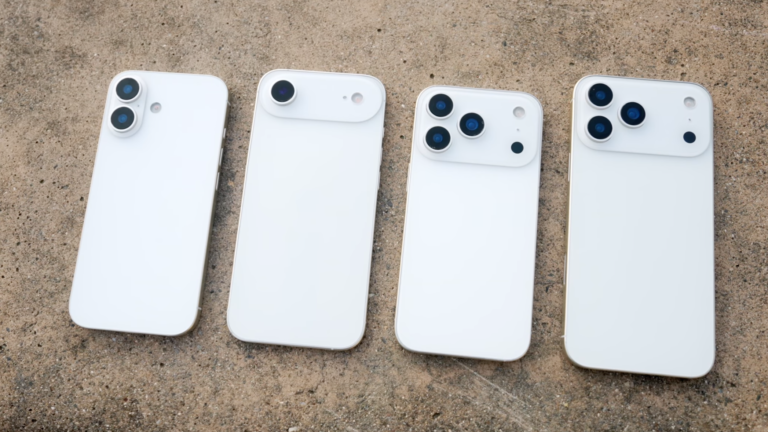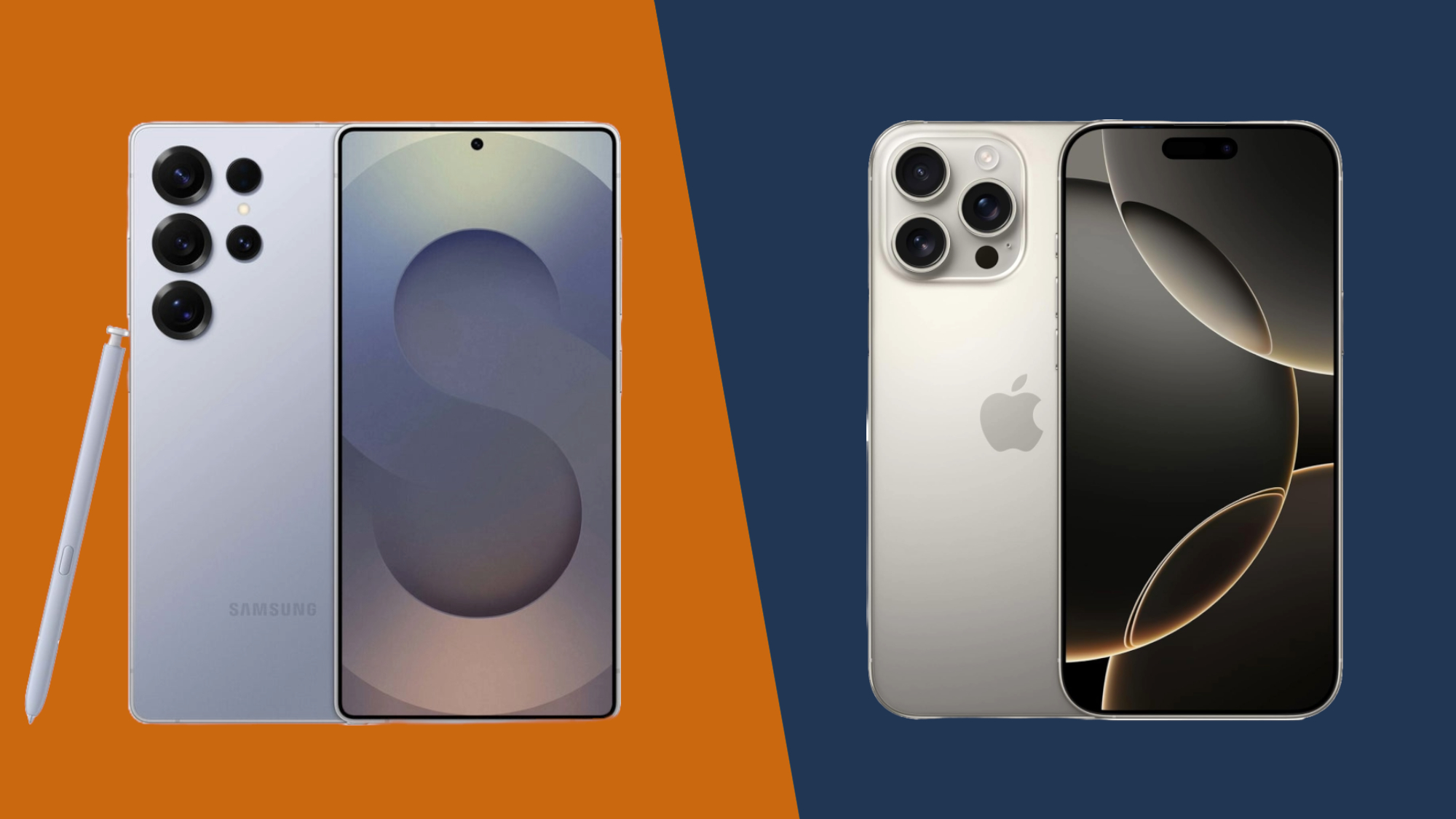Apple’s 2025 iPhones are here, and things are quite different for the first time in a while. The base iPhone 17 will still feel familiar, but the iPhone 17 Pro models have a completely new look, and there’s a brand-new model called the iPhone Air. The “Air” branding has been somewhat diluted of late—the current-gen iPad Pro models are lighter than the iPad Air—but the iPhone Air brings meaning back to the original idea.

Which iPhone 17 Is Right for You?
The Similarities
Let’s quickly talk about the similarities across all the iPhone 17 models this year, and yes, that includes the iPhone Air, even if it doesn’t have “17” in the name.
Display
Although iPhones differ in screen size, they all feature an OLED screen (Apple refers to it as a Super Retina XDR display) and employ ProMotion technology. This is the first time the non-Pro models have ProMotion, which is essentially a 120-Hz refresh rate.
This has been a common feature on Android phones for a while, but it means your display refreshes 120 times per second rather than 60, like on the iPhone 16, so everything you do will feel smoother. These are adaptive refresh rates that can drop as low as 1 Hz when there’s little activity on the screen, which is why the new iPhone 17 and iPhone Air now support the always-on display.
Apple also says there’s a new Ceramic Shield 2 front glass that’s 3X more scratch-resistant than before, and a new antireflective coating to reduce glare. All of these screens can also hit up to 3,000 nits of peak brightness, meaning it’ll be easier to read your iPhone screen on sunny days.
Camera

The front-facing selfie camera is identical on all the iPhone 17 models. It’s a new square-shaped 18-megapixel sensor, and that means you can expect more detail out of your selfies. However, the square sensor also introduces a smarter way to capture group selfies. You can keep holding your phone in portrait orientation for the best grip, and it will automatically zoom out to make sure everyone fits in the frame, while also switching to a landscape orientation for the widest view. All of these models also support Dual Capture, which lets you shoot with both the front and rear cameras at the same time. You can read more about these features here.
Space
All of the iPhones are IP68 water- and dust-resistant and have Face ID, the Camera Control button, Action Button, USB-C, and Qi2 magnetic wireless charging (MagSafe). All devices start at 256 GB of storage. There’s Apple Intelligence on these devices, the same Emergency SOS via Satellite and Crash Detection capabilities, and they utilize Apple’s new N1 wireless networking chip for Bluetooth 6, Wi-Fi 7, and Thread support.
iPhone 17
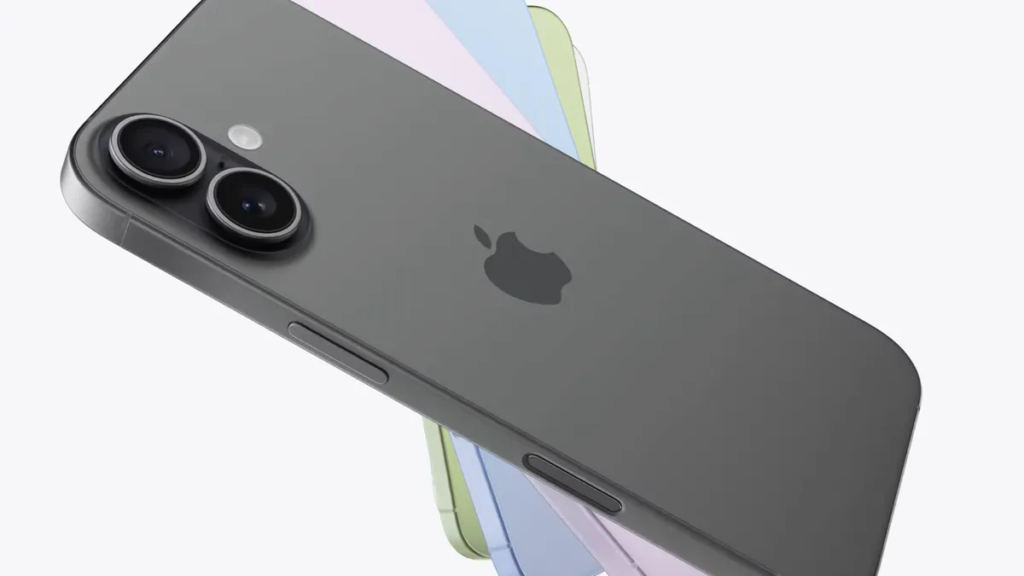
As usual, the 6.3-inch iPhone 17 will most likely be the best iPhone for most people. The screen is slightly larger than its predecessor, there’s more storage, and it finally features Apple’s ProMotion 120-Hz technology. It’s the only iPhone in the new lineup with the base A19 chipset, so while you should be able to run almost every app and game with ease, the next few iPhones in this list will deliver better performance, particularly with graphics-heavy apps.
While the iPhone 17 has the new Ceramic Shield 2 glass on the front to protect the screen, it doesn’t use the original Ceramic Shield on the back glass; that’s exclusive to the Air and Pro models. The 48-MP main camera may sound similar to the others, but it’s not going to deliver the best results, though the ultrawide camera has been upgraded to 48 megapixels and should match the quality of the Pro iPhones.
iPhone Air
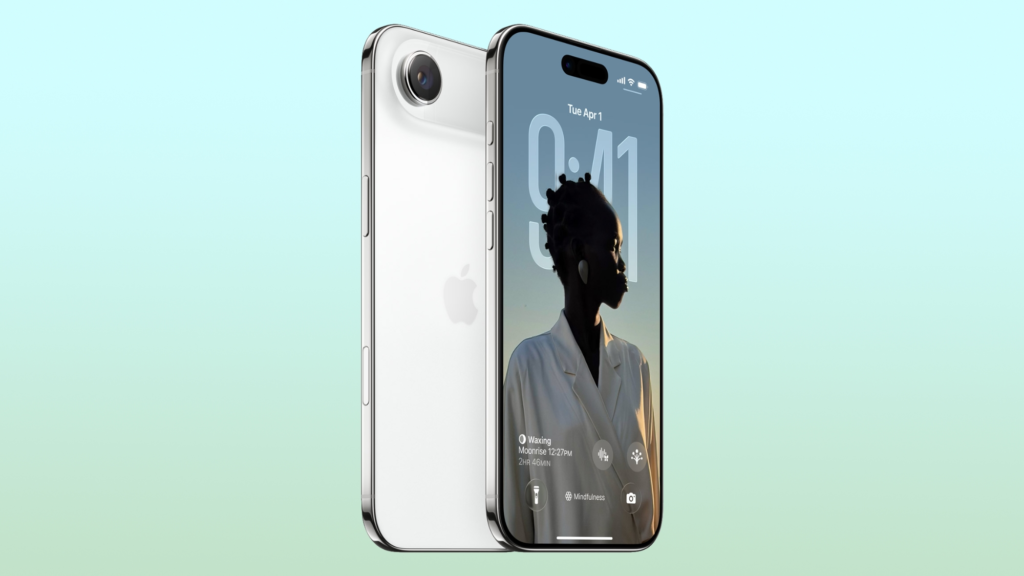
The iPhone Air is the most unusual of the bunch. It’s shockingly thin and lightweight, merely 5.6 mm and 165 grams. It’s the only iPhone in the new series made from titanium, to ensure the thin frame remains durable. The back also features the original version of Ceramic Shield, which gives it a slight boost in durability over the iPhone 17. It also has a unique 6.5-inch screen size.
With this new thin design, there are compromises to the camera. You only get a single 48-MP camera, the same as on the iPhone 17, but no ultrawide or telephoto. It lacks Cinematic mode for video and spatial video recording, both of which are available on the iPhone 17 and iPhone 17 Pro. The iPhone Air does enjoy a slight bump in performance with the A19 Pro chipset versus the A19 in the iPhone 17, though we’ll have to wait to see if it’s a minimal one or not.
iPhone 17 Pro
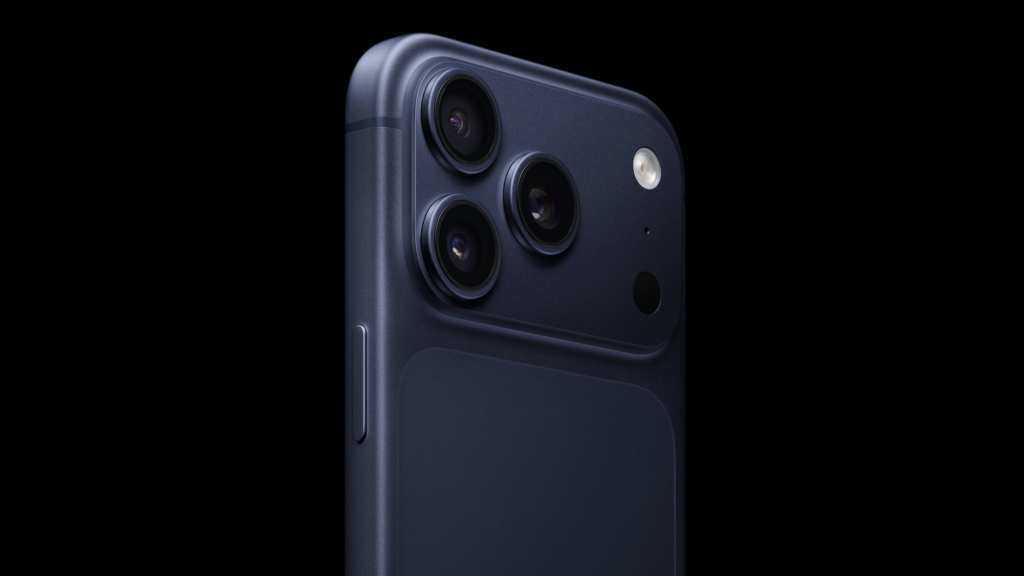
The iPhone 17 Pro retains its 6.3-inch display but now has an aluminum unibody instead of titanium, supposedly for improved heat dissipation. Like the iPhone Air, it also employs Ceramic Shield on the back glass, in addition to Ceramic Shield 2 on the front. It also looks different! There’s a two-tone design on the back highlighting the mix of metal and aluminum, not to mention the “Camera Plateau” that spans across.
iPhone 17 Pro Max

The iPhone 17 Pro Max is identical to the iPhone 17 Pro except in size. It sports a 6.9-inch screen, making it the heaviest iPhone, but it also has the biggest battery, boasting up to 39 hours of video playback compared to 33 hours on the iPhone 17 Pro. It’s also the only iPhone with a 2-terabyte storage option, if you need that much local space.
Like the smaller Pro, the USB-C supports USB 3, so you can take advantage of up to 10 Gbps data transfer speeds, a big boost over the iPhone Air and iPhone 17.
Which iPhone is best?
iPhone 17
Most people will be more than satisfied with the iPhone 17, especially with the welcome 120-Hz upgrade and boosted 256 GB of storage.
iPhone Air
If you want to experience Apple’s lightest iPhone ever, and you don’t particularly use the camera all that much, you’ll probably enjoy the Air.
iPhone 17 Pro and Pro Max
You want the best Apple has to offer. If you use many of Apple’s camera features and various zoom levels, these iPhones will deliver the best experience. If you’re a heavy gamer, you’ll also enjoy the improved thermals and extra power of the iPhone 17 Pro. For a big screen and the best battery life, buy the Pro Max. For a more reasonable phone size, get the Pro.
